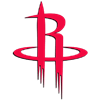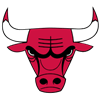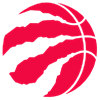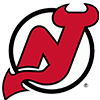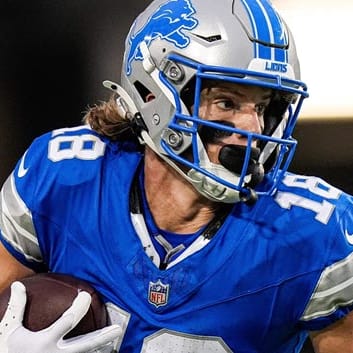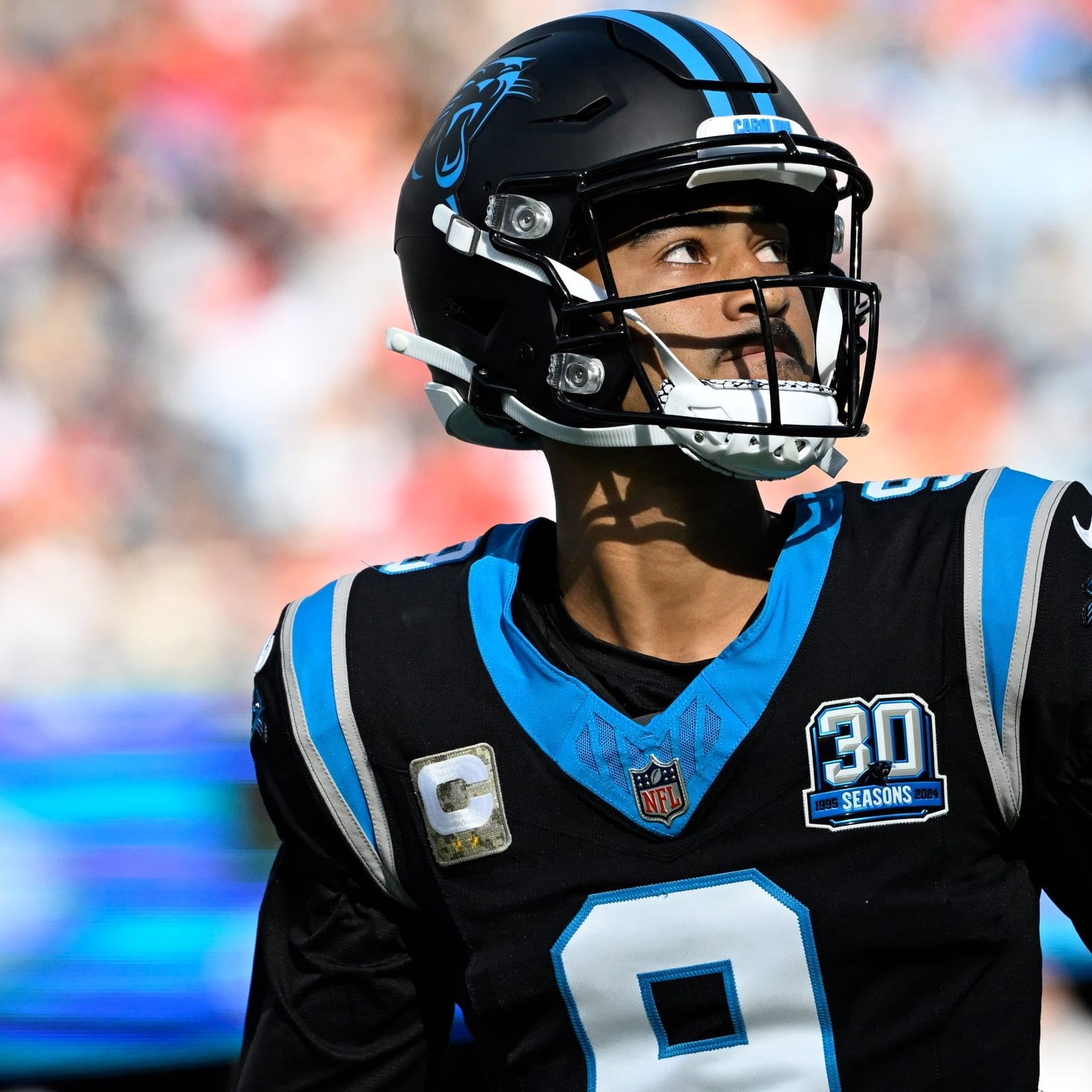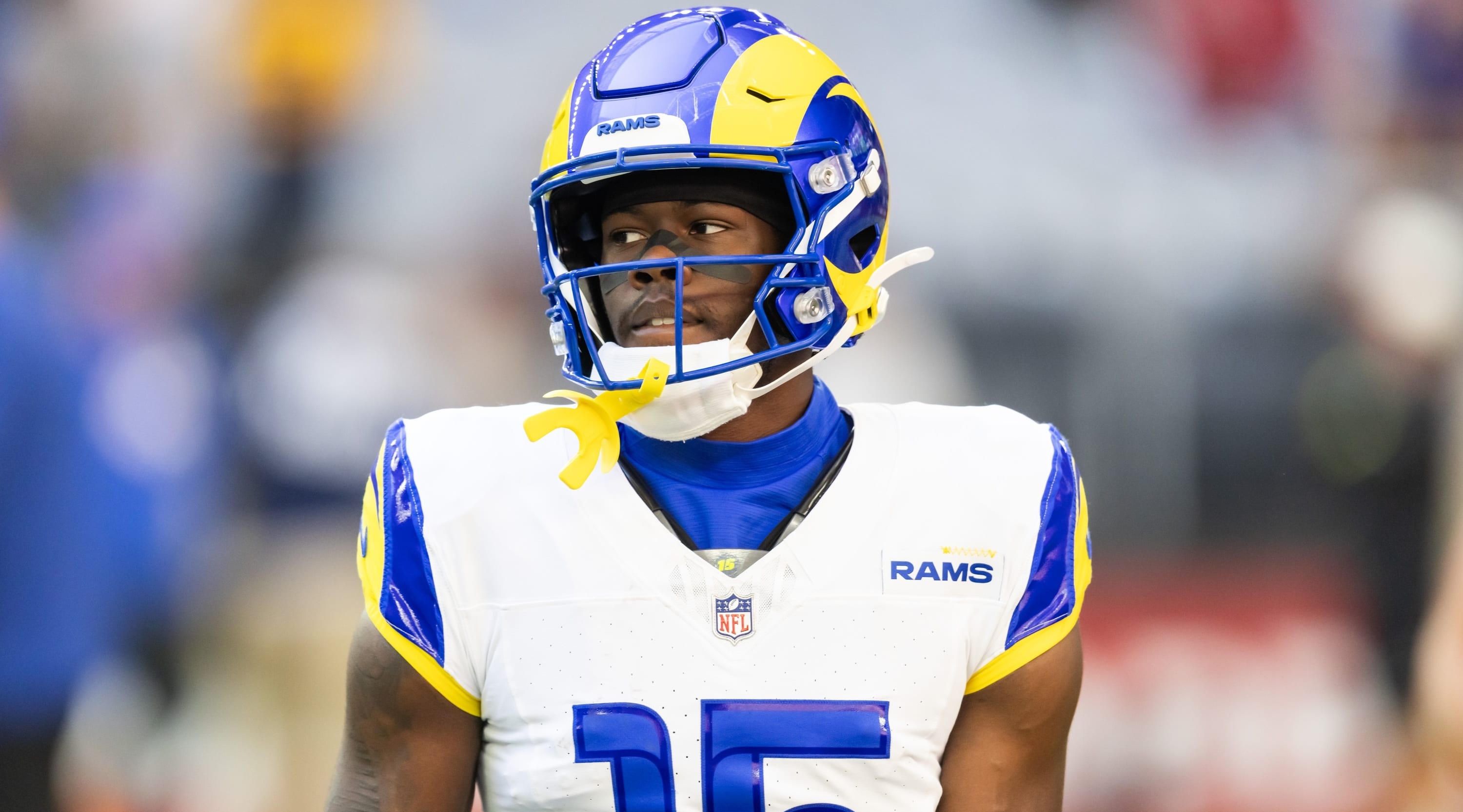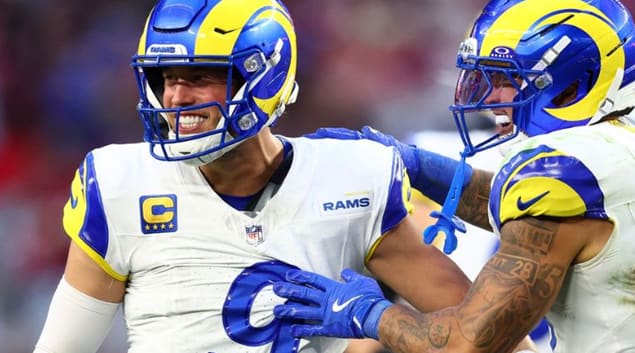Monday saw the completion of two concurrent drafts in the annual RotoWire Steak League -- two separate leagues of 14 teams that use half-point PPR, a minuscule total roster and three IDPs built around a $200 budget.
Technically there's an overall league winner, but that's of little consequence in relation to the bragging rights, and the real prize, an extravagant steak dinner paid for by leaguemates who finished in the bottom half in total points scored Weeks 1-18.
Much like last year, I'm not exactly happy with my roster build, but I do like the depth I compiled provided the old, injured players perform even to 85 percent of the expected projections. However, there were some interesting trends that materialized over the course of the draft that I outlined below.
2024 Steak League Draft Results
I'm not sure I believe in a winning formula in fantasy football. There's too much variance week to week to assume something that was successful last year can be directly replicable from the year before, and yet, for a second consecutive year I ended up repeating a similar auction strategy. It's ironic that I didn't feel great about the 2023 draft results and it became one of my better showings in this infamous league to date. Hopefully lightning will strike twice in that sense.
Especially with this group of draftees who collectively have tallied at least dozens of significant high-stakes wins at this point in their careers, flexibility is hugely important to me. I've spent aggressively early in this format before and while I've liked the roster build by the end, it's been a roller coaster to get there. I essentially had only two roster certainties pre-draft. One, I planned to allot a little north of five percent of the $200 budget to quarterback, preferably one of Patrick Mahomes, Lamar Jackson, Jalen Hurts or C.J. Stroud. And once that was established, I wanted to put something around 40 percent of my budget into my RB1 and WR1 combined. Entering with some sort of draft framework in place, an idea that Jake Letarski and I outlined on Tuesday's RotoWire Fantasy Football podcast focusing on salary cap, is essential, but executing that vision is equally important.
Obviously the above framework was incredibly loose and designed as such to give me flexibility, but I do feel like I followed the map step by step. I was fortunate that by the time Stroud was up for nomination (60), nine other quarterbacks went off the board including the tier below the second-year Texans player like Brock Purdy ($7), Jordan Love ($8) and Dak Prescott ($9). I think it's entirely possible Stroud would have been priced higher if his situation was reversed with let's say, Joe Burrow ($11) who was nominated at 18, but with only five drafters needing quarterbacks by the time Stroud came to the table, a large contingency had removed themselves from the action before any bidding began.
I've been pretty open for the last four months that I think Josh Jacobs' ADP on certain platforms is one of the bigger values out there at the moment, so I anticipated that the room would price enforce me accordingly for my enthusiasm, and they did. I do think the new Green Bay running back will outscore Kyren Williams ($33) and De'Von Achane ($35) on total points by the end of the season, but paying a couple bucks more for the privilege of capitalizing on my bold take wasn't my favorite pill to swallow. But the windfall came in the form of that late first-round/early second WR tier, whether it be Drake London ($34), Marvin Harrison ($35), Puka Nacua ($36) or Chris Olave ($31). I do think that tier of wide receivers is a step down from A.J. Brown ($43) and Garrett Wilson ($48), but not an extra $10 or more so.
Getting a WR2 at a similar price wasn't exactly part of the plan, but it felt exceedingly obvious that that ADP range of 18-30 in redraft leagues wasn't appropriately priced relative to the "first-round guys" and I wanted to capitalize. That became important later because the massive amounts of money left in the 90-140 nomination range meant any sort of secondary building piece was going to be a battle to acquire, and not at all at a bargain.
I've done enough of these drafts to know that the aforementioned range hardly ever yields "bargains" in the true sense. A bargain only becomes such based on the initial price, and it's also dependent on the consumer valuing it enough to make a purchase. Drafters need to fill out their rosters, i.e. there's inherent value enough in a purchase, but a bargain is also dependent on others not recognizing or capitalizing on the perceived dip. I, and a handful of others, simply had too much money left on the table, so a bidding war was inevitable.
Most readers/listeners are aware, but there's two separate versions of the RotoWire Steak League. Two different 14-man leagues who are also attempting to finish in the top half of the scoring across their respective regional section to get their expensive steak meal paid for by the other half. Cross-comparing the two leagues, I was involved in the bidding cadence of seven of the 12 players that had a difference of $6 or more, outright winning two of them: Blake Corum ($10) who went for $3, and Ezekiel Elliott ($11) who went for $4 in the other league. I don't think either league had it wrong per say; we're all reacting to the draft live and adjusting accordingly, but it does allow for the other league side to have a theoretical advantage in roster builds if they were to correctly guess the "pre"-dollar days extravaganza.
During the draft it felt like one of the new Godzilla movies where the audience is engulfed in the threat of the monster looming over the entire film, in this case an $18 Tony Pollard, but it's not revealed until like 20 minutes before the film ends. Other drafters noted the impending doom with Peter Schoneke half-joking the extra dough was a result of nobody spending on IDP players. I did the math and the collective league actually spent $17 more on defensive players this year than last. My next thought was that the extra buck or two normally spent on acquiring a Justin Tucker level kicker created the imbalance, but only four kickers went $2 or higher, a one-player bump up from last year's draft.
It really was that redraft ADP range of 14-32 getting nominated early enough creating a "set" price range that morphed the rest of the draft and punished the patient drafters like myself into a grotesque platoon of secondary position, whether it be RB2 or WR3. Because nearly everyone was affected by the maturation of the draft, I don't think it's entirely consequential to the balance of the league, but it certainly was noteworthy for a group that historically has done a significantly better job spending money on better-tier players before that nomination range hits.









